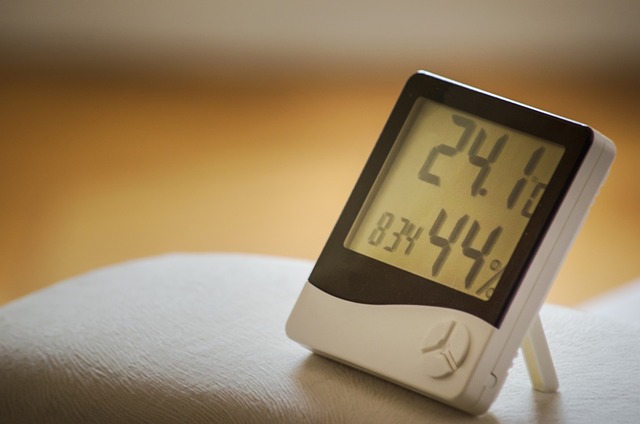What Are The Ways To Measure Indoor Air Quality?
Some ways to measure air quality are:
- VOC Sensors: VOC sensors are used to measure the levels of volatile organic compounds in the indoor air. the sensors used for this purpose can detect formaldehyde which is a carcinogenic chemical commonly released from carpets, products used for cleaning and disinfecting purposes.
- Carbon dioxide/NOx/SOx meters: These are fixed in homes to monitor the levels of carbon dioxide which otherwise would go unnoticed and it can also measure other gases like nitrogen dioxide, sulfur dioxide and greenhouse gases. however, these devices only detect carbon dioxide expelled by humans. However, for proper measurement, sensor placement in homes is very essential. This is because different gases would give different readings if the sensor is placed closer to the ceiling or vice versa. For example, methane being lighter than air and is therefore found near the ceiling whereas ozone being denser or heavier will be present closer to the floor. The best approach is to mount it on a wall as most gases and particles have a tendency to move upwards.
- Radon and CO meters: Since carbon dioxide meters are unable to measure carbon monoxide and other sources of radon indoors, it is essential that along with carbon dioxide meters, we also use Carbon Monoxide and Radon meters in buildings too.
- Mold Inspection: molds and mildews are fungus that may be present in homes due to excess moisture and decrease the indoor air quality. one method of detecting the presence of molds in homes is to visibly determine the white, yellow or green layer that is cottony and soft in texture and appearance. samples are then collected and colonies are grown and counted after culturing.
- Ion Detectors: these are used for short term measurements of radioactive emissions in houses and provide a cheap way of detecting radon and other emissions indoors. some Ion detector devices are also those that can create elemental oxygen by determining the presence of ozone in air and reduce the pollutant.
- Humidifiers: these are devices that can detect the moisture level in air and releases moisture back in the air that helps to reduce the chances and frequency of illnesses. However, higher levels can also pose a risk of mold growth so humidifiers must be used reasonably.
- PM meters: these are used to measure particulate matter of all three types- 1, 2.5 and 10.
For more information on Indoor Air Quality, you may also be interested in Indoor Air Pollution- Sources, Effects and Solutions.
How Can We Maintain Indoor Air Quality?
You may also like to read the following article: What Are Common Indoor Air Pollutants? – Types And Sources
- One way of maintaining healthy indoor air quality is to use humidifiers as stated above; this is because in dry climates, dry air can create a number of problems which would not occur if the air contained sufficient amount of moisture.
- Besides, the most effective way of maintaining good air quality is cleaning your living and working spaces regularly, vacuuming and thoroughly washing carpets, curtains and rugs at least twice a year. This will prevent dust mites, molds and even viruses that can cause skin diseases like plantar warts and contact dermatitis.
- Maintaining good ventilation by making sure to open windows, doors or by turning on exhaust fans. Also check out: Environmental Impacts of E-cigarettes and Vapes.
- Diffusers and other controlled air fragrance dispensers are also used which unlike air fresheners, only release substances that improve air quality after detection of pollutants in the air and the relative humidity measure which tells us about the comfort level of the space by measuring both the temperature and moisture level in the air.
- In addition, placing indoor plants like snake plants, money plants etc. can also improve oxygen levels in homes and purify it by freshening the air. You may also be interested in 10 Indoor Plants for Improving Indoor Air Quality at Home
- The most important thing to prevent molds, spores and dust mites is to keep the HVAC (heating, ventilation and air conditioning) systems thoroughly cleaned and their ducts properly maintained.
- Kitchens must be equipped with cooking vents and exhaust fans to remove vapor and other substances released during cooking.
- AC filters can also accumulate particulate matter and pollutants from the air as Air conditioners typically recycle air from indoors which can make the air quite stagnant. Frequently changing AC filters can help prevent this.
Indoor Air Quality can be ignored even by simple steps such as ventilation and installation of shades can greatly help to not only improve the air quality and introduce freshness into your homes but also regulate temperatures that will help eliminate bacterial growth and molds.
Also check out: Sources and Effects of Common Air Pollutants
I hope you all liked this post! Please comment below if you have any suggestions, comments, or feedback! We at #envpk love hearing from our readers! Thanks!




